“The Exorcist,” is a film that has enthralled audiences for decades. Beyond its iconic scenes and groundbreaking special effects lies a series of real-life events and tragedies as chilling as the plot itself. Picture yourself in Linda Blair’s shoes, approached with the opportunity to embody Regan, the film’s central protagonist, whose story is surrounded by tales of accidents, unexplained phenomena, and a shadow of misfortune that whispers of a curse. With the knowledge of the unsettling occurrences linked to the production, the question arises: Would you accept the role of stepping into the heart of this cinematic enigma?
Here are the hidden layers of “The Exorcist,” uncovering the facts that have sealed its place in the annals of horror history.
The Unexplainable Fire on The Exorcist Set
“The Exorcist” stands as a monumental achievement in horror films, not only for its groundbreaking storytelling and special effects but also for the series of mysterious and unsettling events that surrounded its production. Among these, the unexplainable fire that consumed the set is perhaps the most enigmatic. Film sets are engineered with precision to mitigate any risk of fire, often equipped with extensive cooling systems to manage the heat generated by lighting equipment. Despite these precautions, the set of “The Exorcist,” specifically the interior of the McNeil house, was engulfed in flames in a fire that defied easy explanation. The blaze was intense and destructive, laying waste to the constructed set with an indiscriminate fury.
However Regan’s room, the epicenter of the film’s harrowing exorcism scenes, remained untouched by the fire. This room, where the fictional battle against demonic forces played out, stood in stark contrast to the surrounding destruction as if spared by some supernatural intervention.
Tragic Deaths Linked to The Exorcist

One more of the most unsettling aspects surrounding “The Exorcist” are the deaths associated with the film, which have contributed to the lore surrounding its cursed reputation. Jack MacGowran and Vasiliki Maliaros, who both portrayed characters that met grim fates on screen, died shortly after the film’s completion—MacGowran from influenza and Maliaros from natural causes. While these deaths could be attributed to coincidental timing, their proximity to the film’s release and the nature of their on-screen deaths added a layer of cursed parallel to the film’s dark themes.
The unsettling coincidences didn’t end there. The production was further marred by the deaths of seven individuals connected to the cast and crew, each passing under circumstances that left many questions unanswered. Perhaps the most harrowing post-production event was the tragedy involving Mercedes McCambridge, who provided the terrifying voice of the demon Pazuzu. Her son was involved in a murder-suicide that claimed the lives of his family, a real-life horror that seemed to mirror the film’s exploration of evil’s impact on the family unit.
The Dark Shadow Cast by an Extra’s Actions
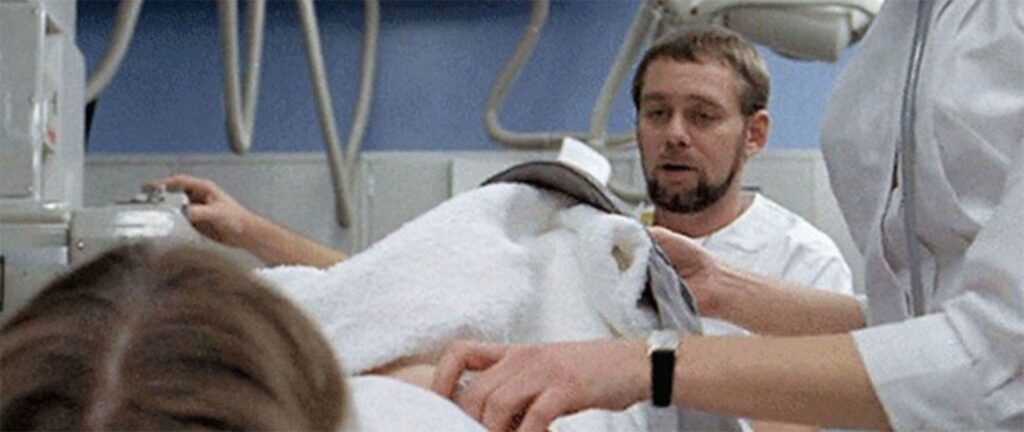
“The Exorcist,” a film already enveloped in a shroud of strange occurrences and tragic events, found itself further entangled in a real-life horror story that unfolded years after its release. Paul Bateson, who appeared in the film as a radiologist’s assistant, was convicted of a chilling crime that seemed to draw a sinister line between fiction and reality. In 1977, Bateson was found guilty of the murder of Addison Verrill, a film critic, casting a dark shadow over the legacy of the film. The connection between Bateson’s minor role in the movie and his heinous act outside of it left the cast and crew bewildered and disturbed.
The unsettling revelations about Bateson did not end with a single act of violence. He was subsequently linked to a series of murders, known as the “bag murders,” that terrorized New York’s gay community. Although Bateson was never convicted for these additional crimes, the suspicion cast a long, ominous shadow, contributing to the mythos of “The Exorcist” being a cursed film.
The Ominous Rome Premiere of The Exorcist
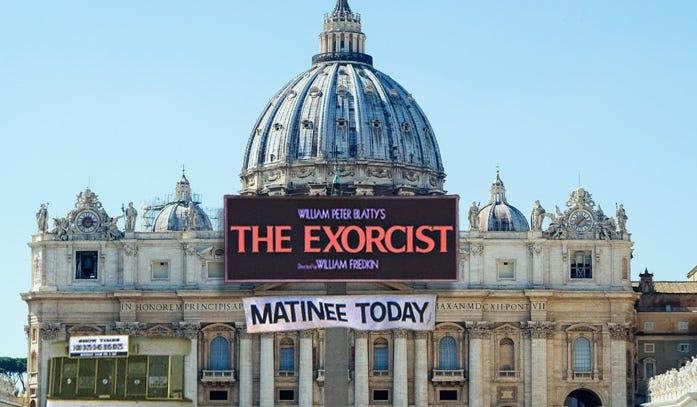
The premiere of “The Exorcist” in Rome was an event marked by an atmosphere as unsettling as the film itself. Positioned between two ancient churches, the theater’s location added a layer of great significance to the screening. On that day, the city was struck by an unusually severe storm, complete with torrential rain and lightning, setting a foreboding scene for those who were about to witness the film for the first time.
Amidst the storm, a lightning strike with precision-like timing caused a 400-year-old cross to fall from one of the churches, landing in the center of the piazza near the theater. This incident, seemingly ripped from the pages of a horror novel, left attendees and the wider public deeply unnerved. Many took it as a sign of the supernatural forces at play, or as a divine commentary on the controversial nature of the film itself.
The Physical Toll on The Exorcist’s Cast
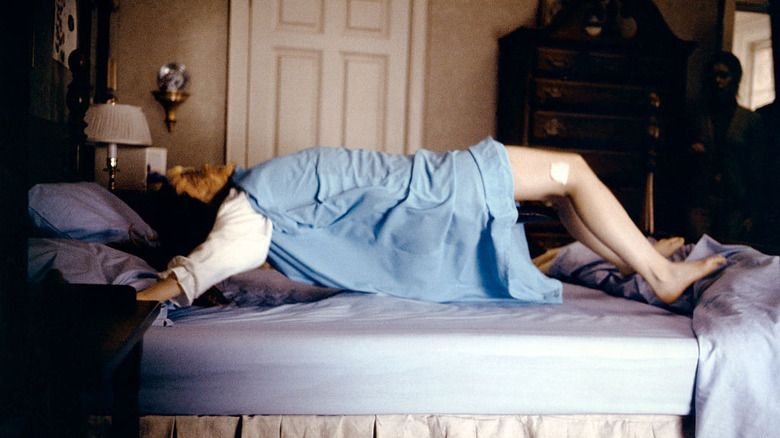
“The Exorcist” is renowned for the physical toll it took on its cast members, adding a layer of authenticity to their performances that is as compelling as it is disturbing. Ellen Burstyn, who portrayed Chris MacNeil, experienced a harrowing incident during filming. In a scene where her character is thrown to the ground by her possessed daughter, Burstyn was pulled too hard by a stunt harness, causing her to land on her coccyx. The pain in her scream was real, resulting from the impact that led to permanent spinal injury. This genuine reaction was kept in the final cut, making the scene particularly unnerving for audiences aware of the backstory.
Linda Blair, who played the possessed Regan MacNeil, also suffered a significant injury on set. During the iconic bed-shaking scenes, the rigging was so violent that it caused Blair to fracture her spine, leading to chronic pain and scoliosis. Like Burstyn, Blair’s genuine screams of pain were included in the film, adding a layer of realism to the horror depicted on screen.
The Unplanned Horror of The Exorcist’s Vomit Scene

In “The Exorcist,” a film replete with unsettling and grotesque moments, the vomit scene stands out as particularly iconic. Director William Friedkin aimed for a shock that would resonate with audiences, but what transpired on set surpassed even his expectations. The scene, intended to have Regan’s projectile vomit hit Father Karras (played by Jason Miller) on the chest, took an unexpected turn. Due to forces, perhaps as unpredictable as the film’s demonic theme, the stream of pea soup-like vomit struck Miller directly in the face.
Miller’s reaction, a genuine mix of shock and disgust, was captured in the moment. This authenticity was so compelling that the decision was made to keep this take in the final cut of the film.
Learn how to cook the Devil’s Chili Dish, a dish that got inspired by the Exorcist movie!
Early Screenings Ended Up In a Lawsuit
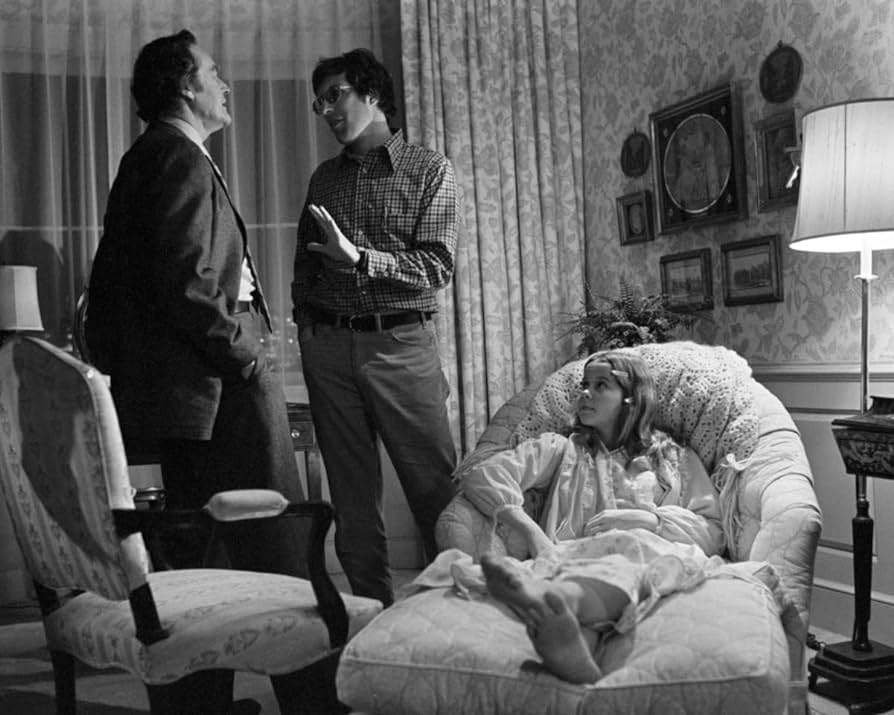
“The Exorcist,” released in 1973, became notorious not just for its chilling portrayal of demonic possession but also for the intense reactions it provoked among audiences. Unaccustomed to the film’s shocking content, including its graphic violence and disturbing themes, viewers found themselves overwhelmed. Reports of people walking out, fainting, and even suffering injuries due to their fright were widespread. One of the most dramatic incidents involved a woman who fainted during a screening, resulting in a broken jaw. This incident led her to sue Warner Bros., the studio behind the film, claiming that the movie’s intense scenes were directly responsible for her injury.
The lawsuit culminated in an out-of-court settlement, with Warner Bros. offering a sum of money to cover the damages. This case underscored the profound impact “The Exorcist” had on its viewers, marking it as a film that not only pushed the boundaries of the horror genre but also challenged the physical and psychological limits of its audience.
The Film Is Based on Real Life Events
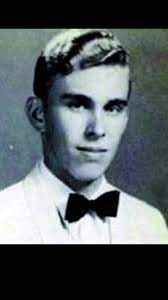
If you were disturbed by “The Exorcist,” at least you could say it was “only a movie,” right? Not so fast. The movie was actually based on William Peter Blatty’s 1971 novel, which was partly based on the 1949 case of Roland Doe, a 14-year-old boy from Maryland who was reportedly possessed. The boy was taken to St. Louis, Missouri, where a group of priests performed exorcisms on him at both a relative’s home and a hospital, with the rituals lasting for weeks. Much like in the movie, the bed the child was in shook as he convulsed, and according to the St. Louis Post-Dispatch, the child also allegedly spit a “foul substance” at priests during one exorcism.
The Film Is Linked to Nine Deaths

The aura of mystery and fear surrounding “The Exorcist” extends beyond its on-screen horrors, with the film often cited as “cursed” due to a series of deaths connected to its production. The unsettling coincidence of nine deaths associated with the movie contributes to its evil legacy. Among those who passed away during or shortly after the film’s creation were a set technician and a nightwatchman, whose deaths added a somber note to the production environment. The sorrow within the cast deepened as Max von Sydow and Linda Blair, two of the film’s main actors, experienced the loss of close family members during the shooting period, casting a shadow over their contributions to the film.
The deaths of Jack MacGowran and Vasiliki Maliaros, who both had roles in “The Exorcist,” further fueled talk of a curse. MacGowran’s portrayal of the ill-fated movie director Burke Dennings and Maliaros’s role as Father Karras’s mother, both of whom meet their demise in the storyline, mirrored the tragic end they met in real life shortly after the film’s production concluded.
The spooky atmosphere of the Exorcist set still lingers with everyone involved in the movie. Do you know about objects that are believed to be haunted and have ended up in people’s possession?

